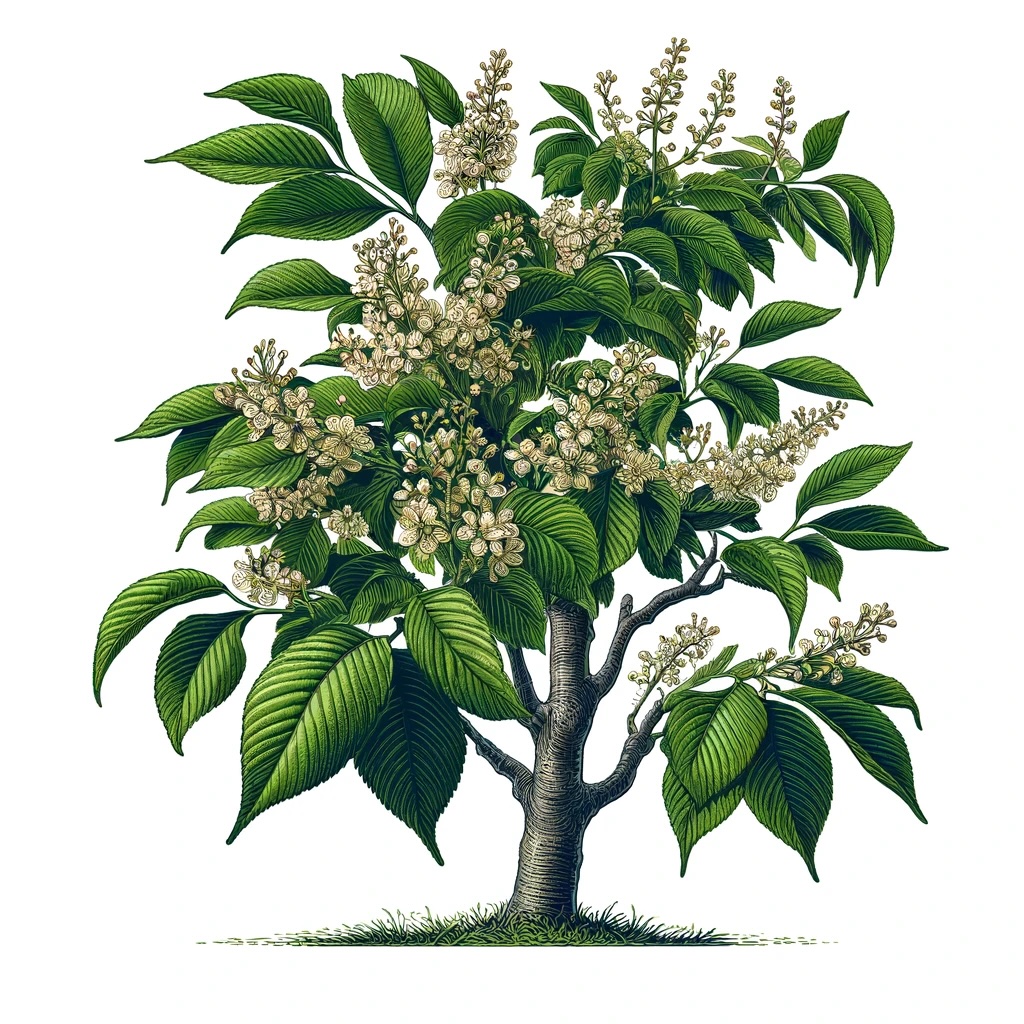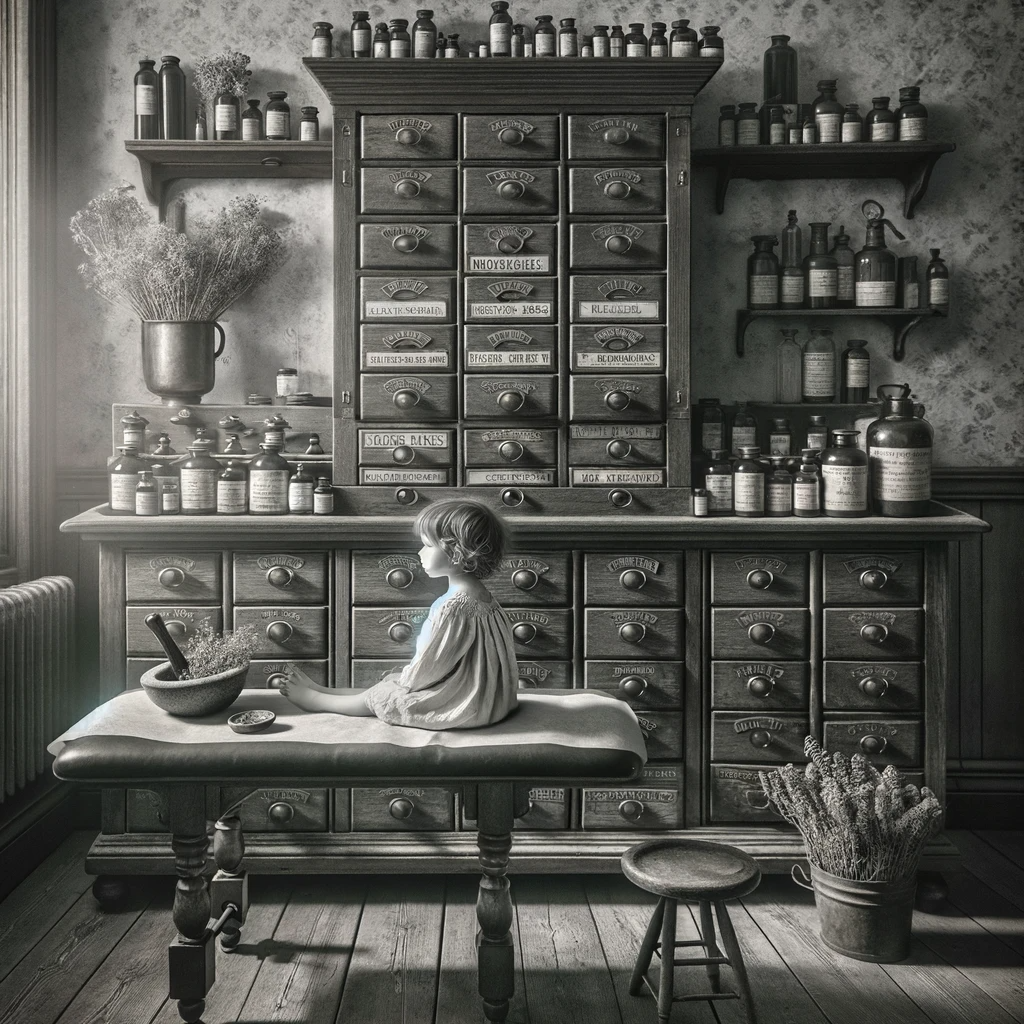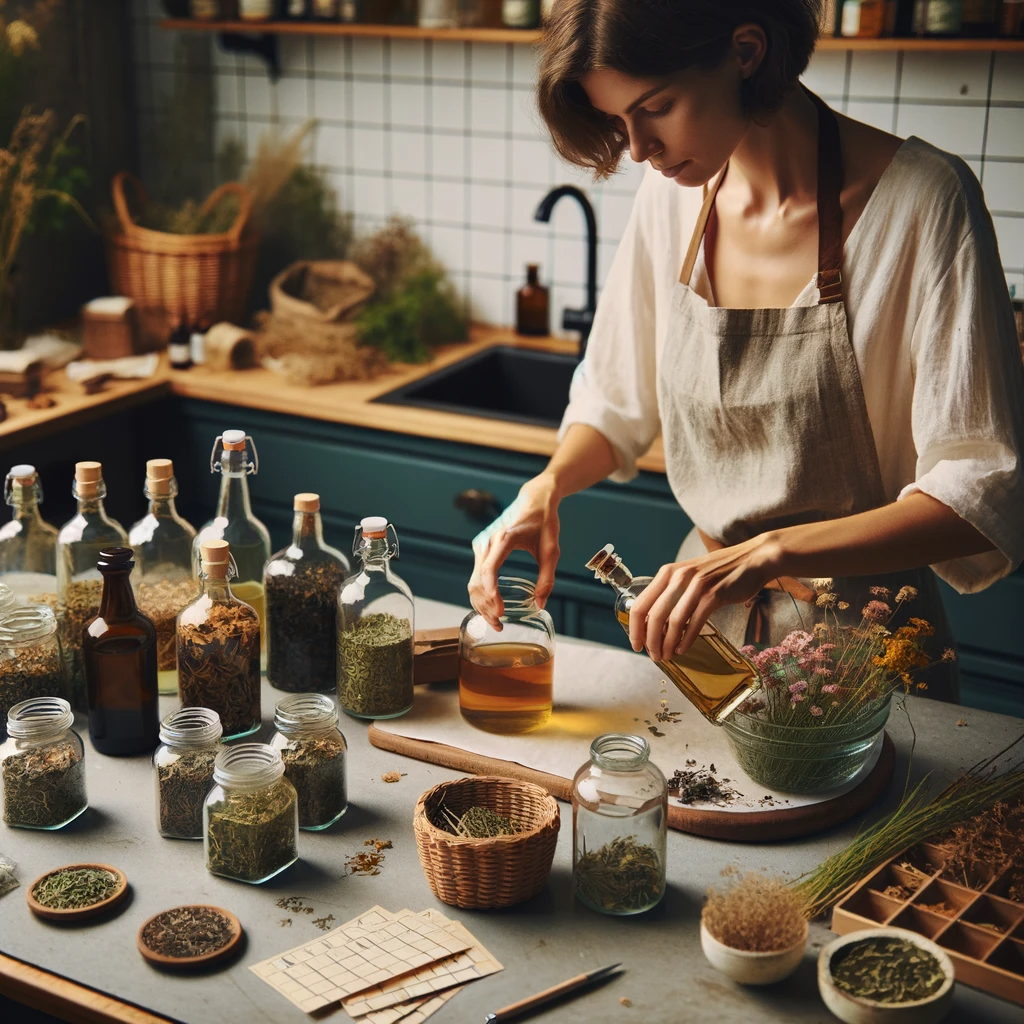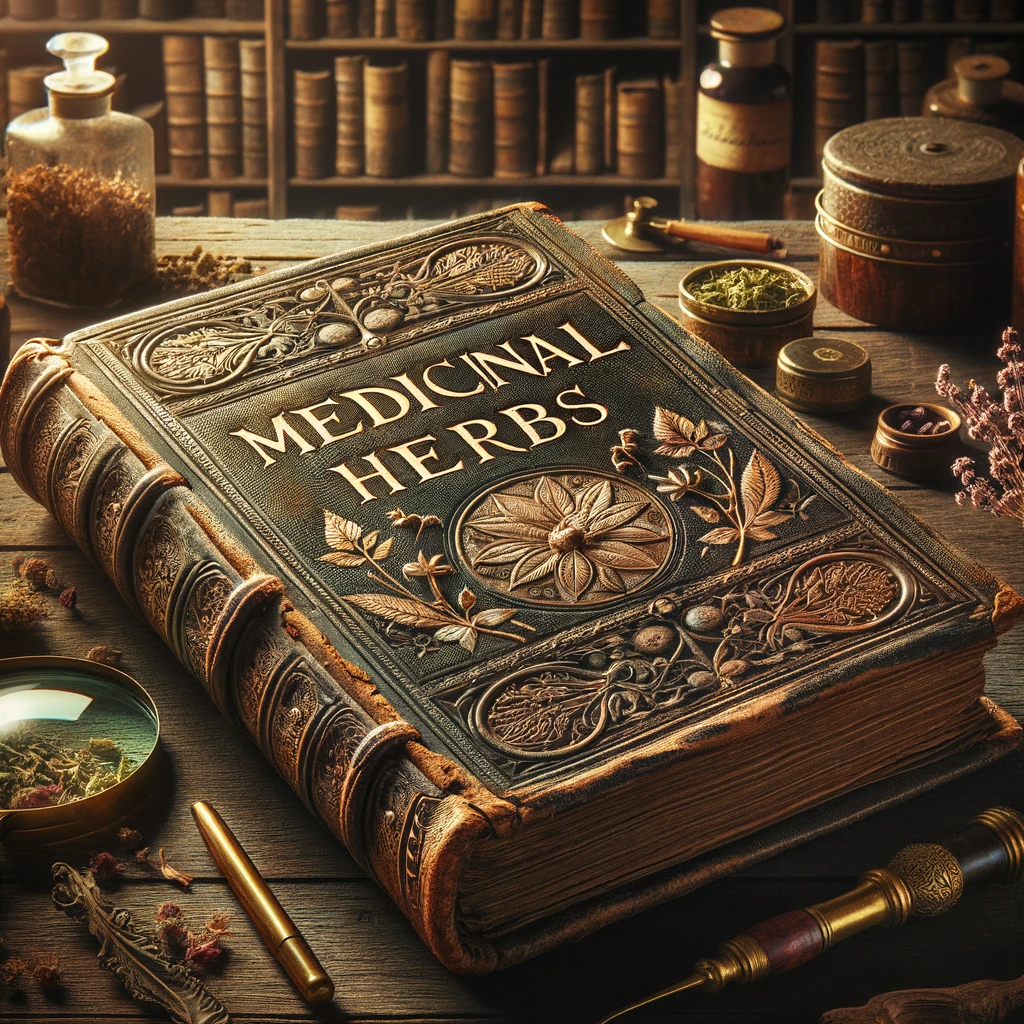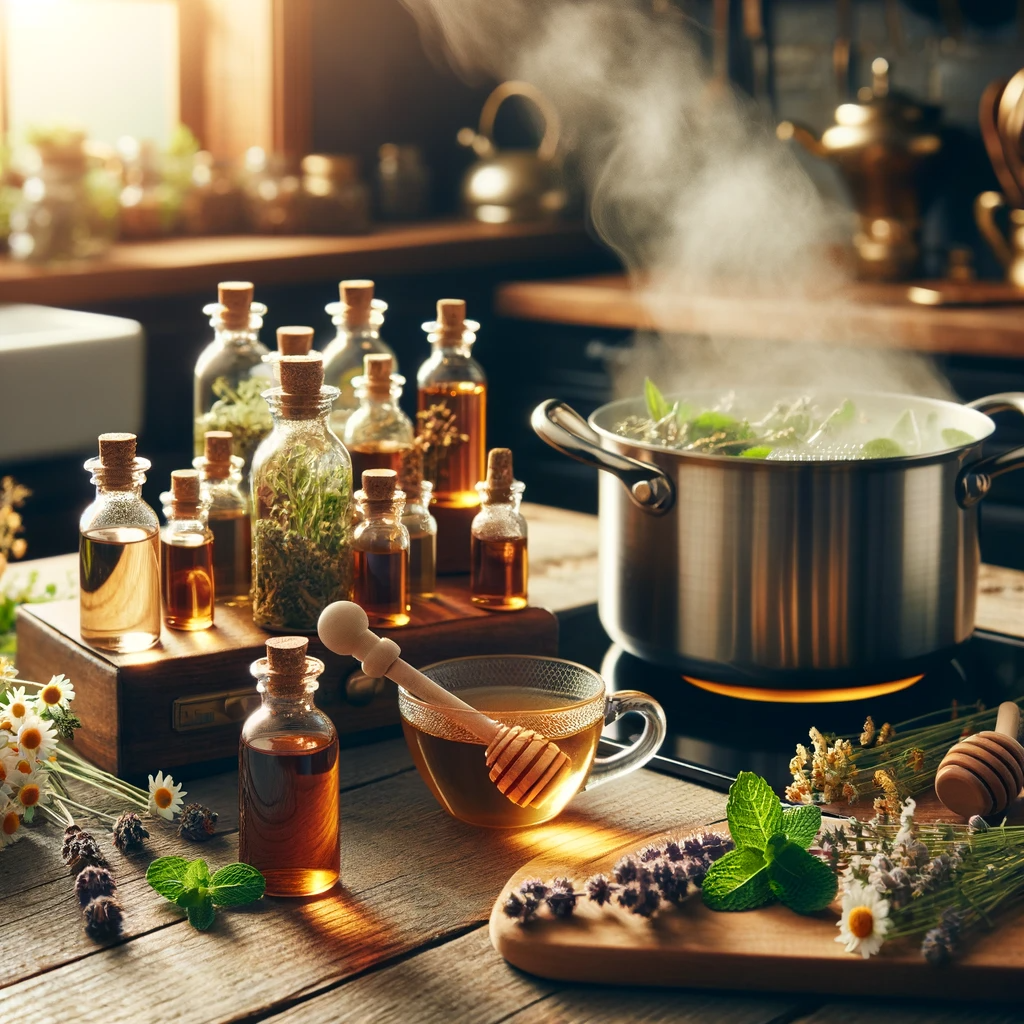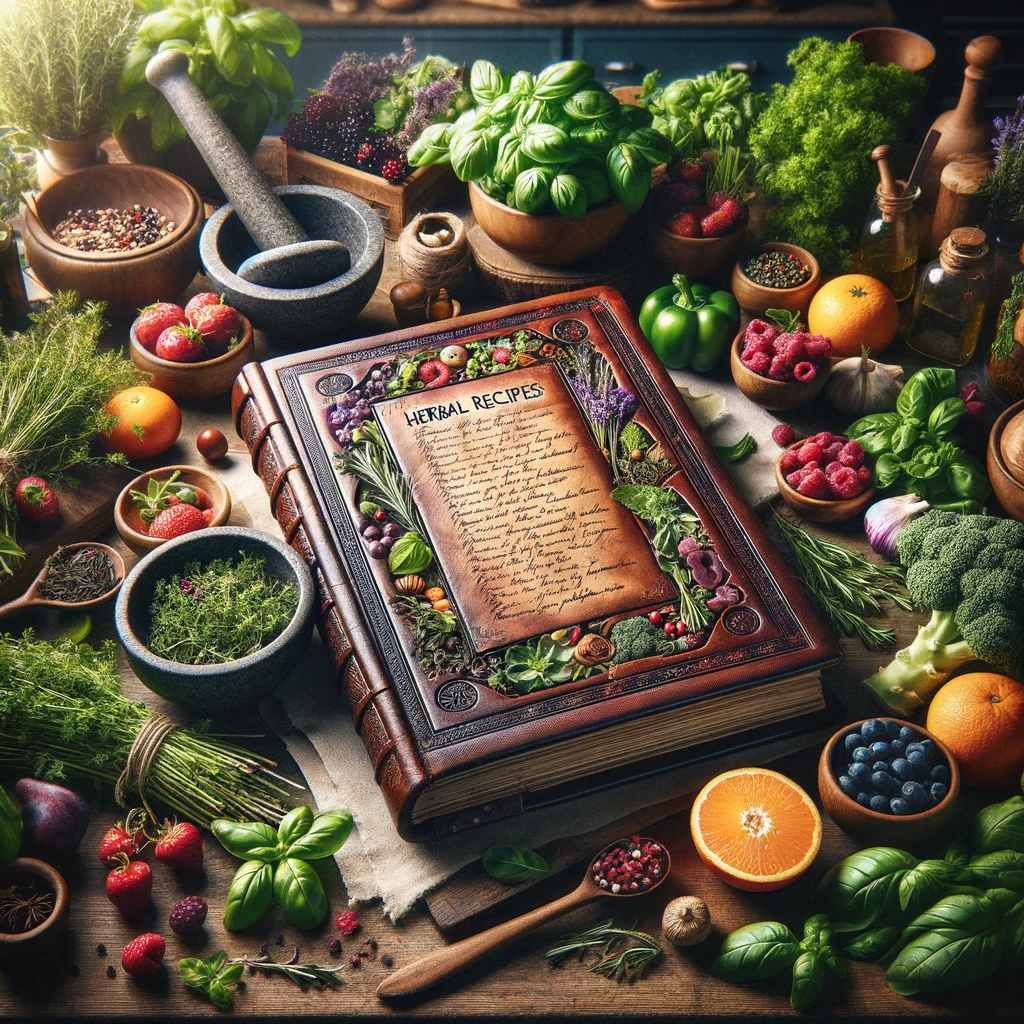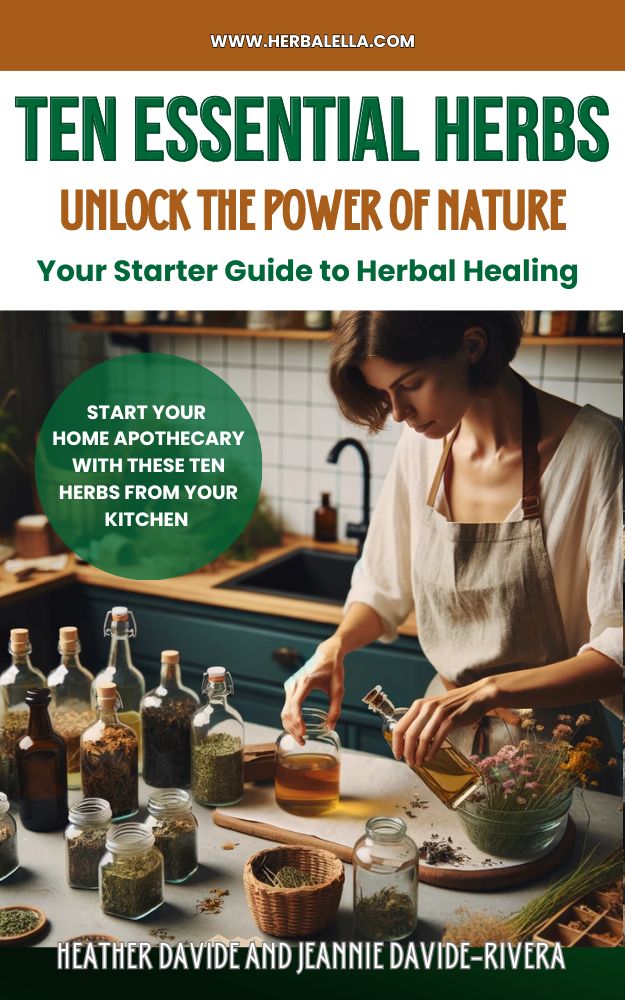This website contains affiliate links for products I use and love. If you take action (i.e. subscribe, make a purchase) after clicking a link, I may earn some tea money, which I promise to drink while creating more helpful content like this.
- Home
- Index of Topics
- Herbal Tea Blending
The Art of Herbal Tea Blending
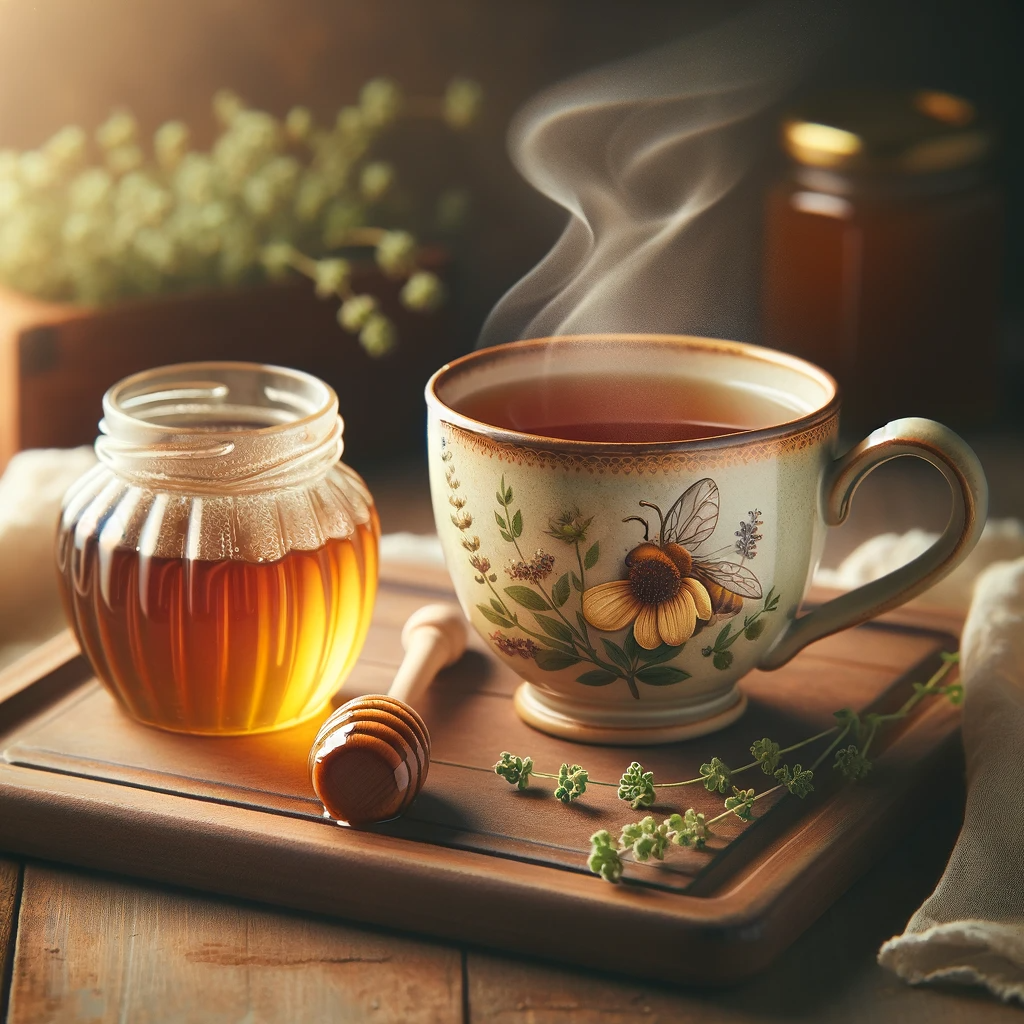
Herbal tea blending is an ancient craft that combines the pleasures of taste and aroma with the healing properties of plants. It’s an art that allows you to create personalized blends tailored to your health needs and flavor preferences. This guide will introduce you to the basics of tea blending and how to customize teas for various health benefits.
The History of Herbal Tea Blending
Herbal tea blending is an ancient art with roots deeply embedded in the fabric of many cultures around the world. Its history is as rich and varied as the blends themselves, spanning continents and civilizations.
Origins and Cultural Significance
The practice of blending herbs for tea dates back thousands of years. Ancient Chinese and Indian Ayurvedic medicine both utilized herbal teas for their healing properties. In China, the blending of herbs for tea was an integral part of Traditional Chinese Medicine, emphasizing the balance of flavors and energies to achieve specific health benefits.
Similarly, in ancient Egypt and Greece, herbal infusions were revered not only for their medicinal qualities but also for their spiritual significance. They were often used in rituals and as offerings to deities.
Evolution Through the Ages
As trade routes expanded, so did the knowledge and practice of herbal tea blending. The Silk Road played a crucial role in this, introducing a variety of herbs and spices to different parts of the world, thus enriching the art of tea blending.
In Europe, during the Middle Ages, monastic gardens were the epicenters of herbal knowledge, where monks meticulously studied and documented the medicinal properties of plants. This period saw the development of many herbal blends that are still popular today.
Modern Adaptations and Trends
Today, the art of herbal tea blending has evolved to incorporate a blend of traditional knowledge and modern science. Contemporary blends often combine ancient wisdom with current research on health and wellness. The practice has also seen a resurgence in popularity as more people seek natural and holistic ways to improve their health and well-being.
Basics of Tea Blending
Tea blending is about finding the right balance between different herbs to achieve a desired taste and therapeutic effect. Here are some key points to get you started:
- Understanding Flavors: Familiarize yourself with the basic flavor profiles - sweet, bitter, sour, salty, and umami. Each herb has a dominant flavor that will influence your blend.
- Herb Categories: Group herbs based on their properties, such as calming, stimulating, or digestive.
- Balance: Aim for a balance of flavors and properties. For instance, a bitter herb can be balanced with a sweet one.
- Experimentation: Start with small batches to experiment and adjust proportions as needed.
Customizing Teas for Health Benefits
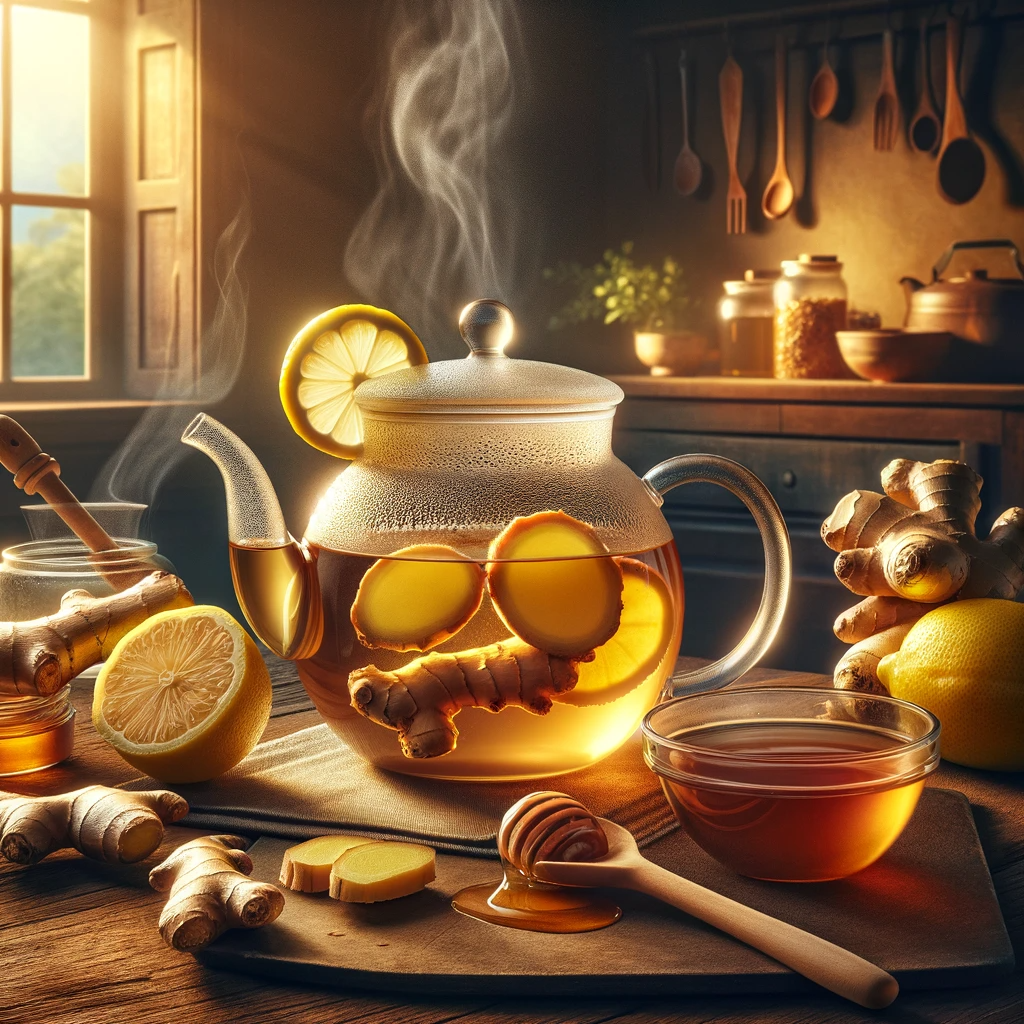
Each herb has unique health benefits, and blending them allows you to create teas for specific purposes:
- Relaxation Blends: Combine herbs like chamomile, lavender, and lemon balm known for their calming effects.
- Digestive Health Blends: Mix ginger, peppermint, and fennel to aid digestion and soothe stomach issues.
- Immune-Boosting Blends: Echinacea, elderberry, and rose hips are excellent for enhancing immune function.
- Energizing Blends: Use stimulating herbs like green tea, ginseng, and rosemary for a natural energy boost.
Creating Your Blend
- Select Your Base: Choose a primary herb that will be the foundation of your tea.
- Add Complementary Herbs: Include secondary herbs to enhance flavor and health benefits.
- Consider Proportions: Typically, use a ratio of 3:1 or 4:1 for base to complementary herbs.
- Mix and Store: Mix your herbs thoroughly and store in an airtight container away from light and moisture.
Herbal tea blending is a delightful and therapeutic activity that allows you to explore the synergistic effects of different herbs. Whether you’re seeking a soothing nightcap or a revitalizing morning brew, the possibilities are endless. Remember, the best blends come from a combination of knowledge, intuition, and a bit of creativity. Enjoy the journey of crafting your unique herbal teas!
The information provided on this website is for educational purposes only, and is not FDA approved. It is not to be considered health advice. Always do your own research and seek the guidance of a qualified healthcare practitioner before working with any herb. Herbal Ella is not liable for any action or inaction you take with the materials and information provided. Read here for more information.
Herbal Ella's Tummy Tea Recipe
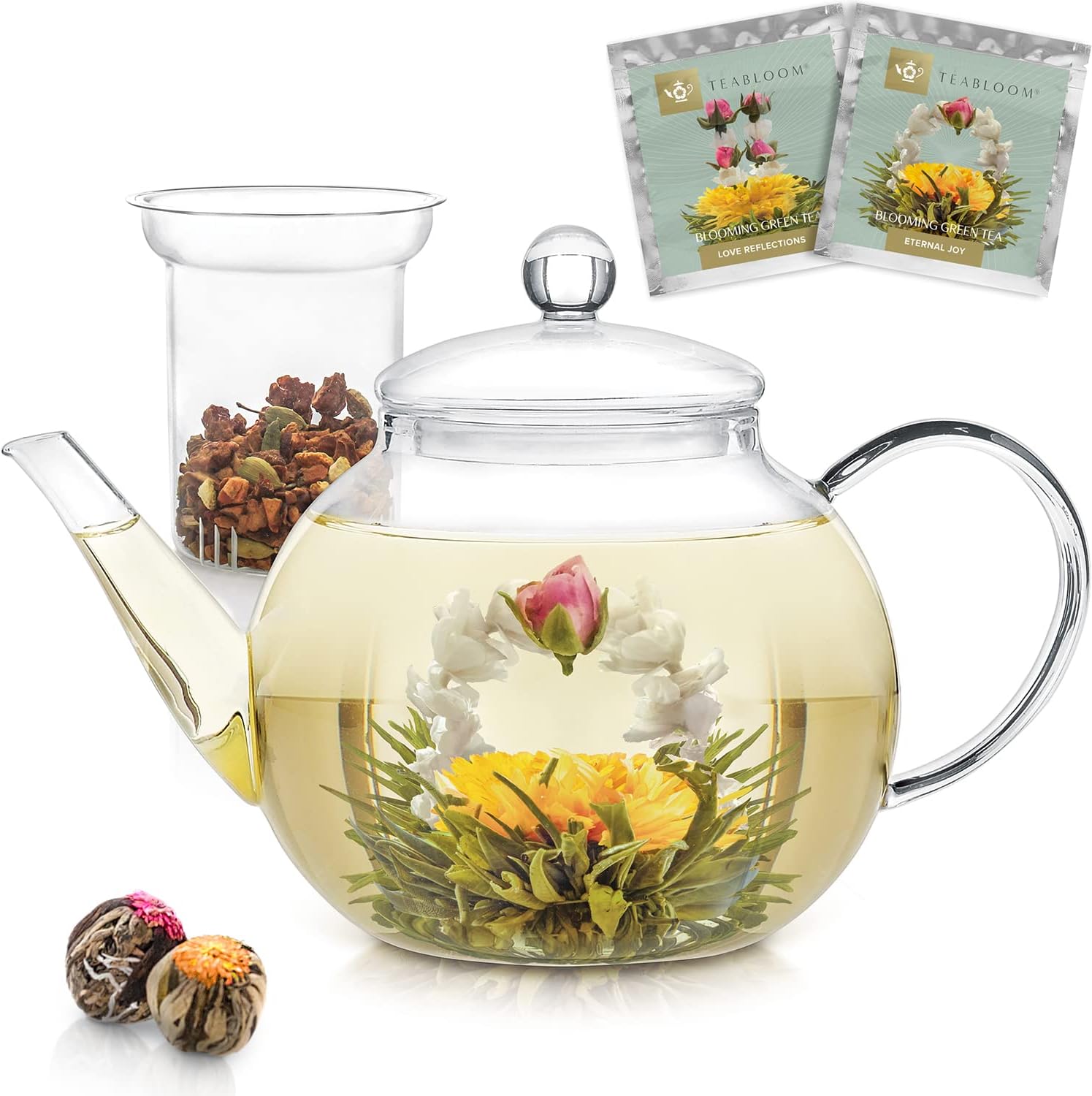
My son bought me this Tea Bloom Tea Pot for Christmas last year and I absolutely adore it!
To sooth your upset stomach, Herbal Ella recommends combining the following dried herbs:
1 tsp Peppermint
1/4 tsp Fennel
1/2 tsp Chamomile
1/4 tsp Ginger
1 tsp Lemon Balm
Pour 3 cups of water over the herbs, or place herbs an infuser for your tea pot, steep for 5-10 minutes and enjoy with your favorite sweetener if you choose.
For a cough and Cold:
Combine peppermint, chamomile, ginger, echinacea, and mullien. As a general rule, add 1 cup of boiling water for each tsp of herbs. Experiment with combinations that you enjoy both for flavor and health benefits.
READ MORE
Starting Your Own Home Apothecary
Recent Articles
-
Wild Cherry Monograph: Wild Cherry: Nature's Respiratory Ally
May 02, 24 04:52 PM
Discover the healing potential of Wild Cherry with our comprehensive monograph. Explore its benefits and uses for respiratory health. -
DIY Herbal Remedies for Respiratory Health
May 02, 24 03:46 PM
Explore easy DIY herbal remedies for respiratory health with Herbal Ella. Learn to make teas, tinctures, and more to breathe better naturally -
Understanding the Respiratory System - Anatomy and Functions
May 02, 24 03:23 PM
Discover the respiratory system's anatomy and functions with clear visuals and simple explanations to keep you breathing healthily
* Privacy Policy * Disclaimer *

